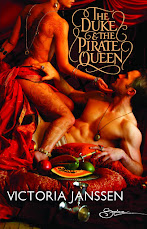The novel I'm working on now, a sequel to
The Moonlight Mistress
, focuses on the main werewolf characters from that novel and their marriage of convenience. Tanneken, the female werewolf, was working as a spy in the previous novel, so I decided to make her activities central to the plot.
These are the books I've used so far. I recommend them all highly.

I mentioned Tammy Proctor's
Female Intelligence: Women and Espionage in the First World War
in an earlier post. I extensively used this book's bibliography to locate other sources, among them those listed below. The most useful thing I learned from it was how the underground spy networks in Belgium were organized, and some specific stories about women who worked in intelligence-gathering, and their fates.
Scraps of Paper: German Proclamations in Belgium and France
reproduces actual posters and provides translations. Another of my books referenced this one, so I didn't need the material for the most part, but the coolness factor was important here. Primary source documents, or close equivalents, are great for giving me a feel for a period.
 The Long Silence: Civilian Life under the German Occupation of Northern France, 1914-1918
The Long Silence: Civilian Life under the German Occupation of Northern France, 1914-1918
is the most useful book I found. The author, Helen McPhail, points out that it's not a thorough academic study, but there was more than enough information for my purposes. I got a really good feel for what life was like in occupied Northern France, as well as the various problems and subterfuges of the people living there. I'm hoping the information in this book will help me to vividly describe the place and time without directly copying actual events.
Related Posts:
Synergy in Writing and ResearchResearch Books Whee!






No comments:
Post a Comment